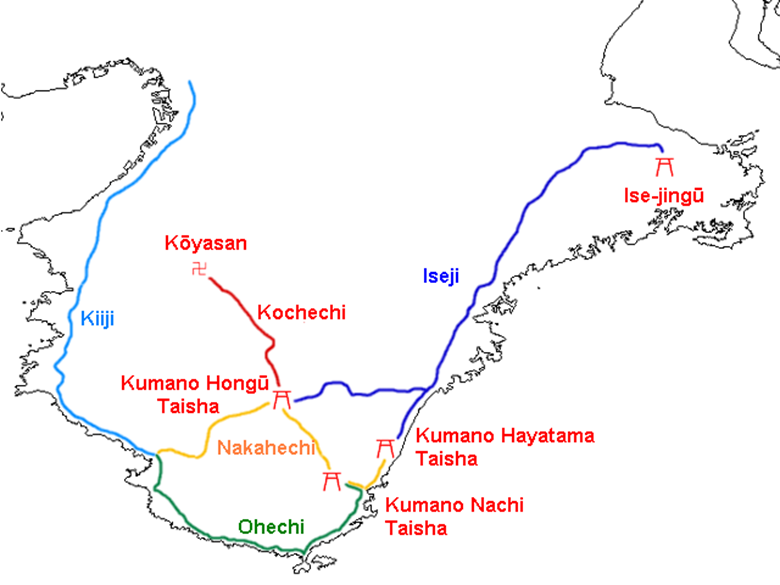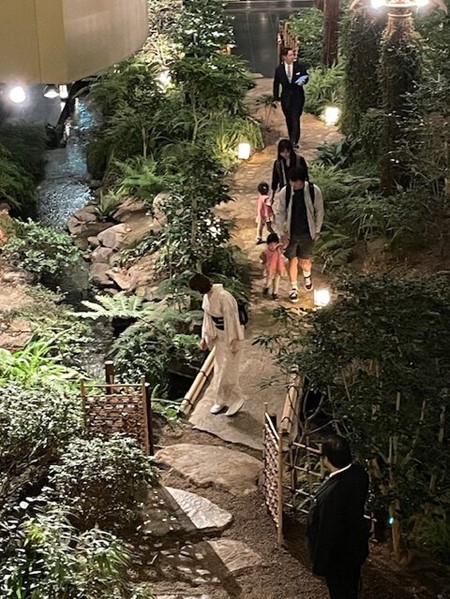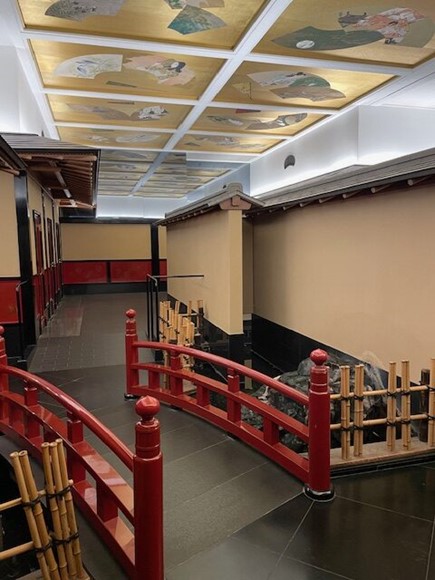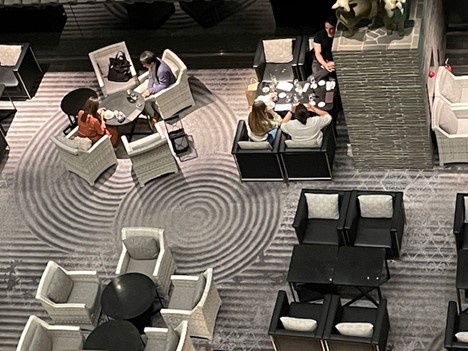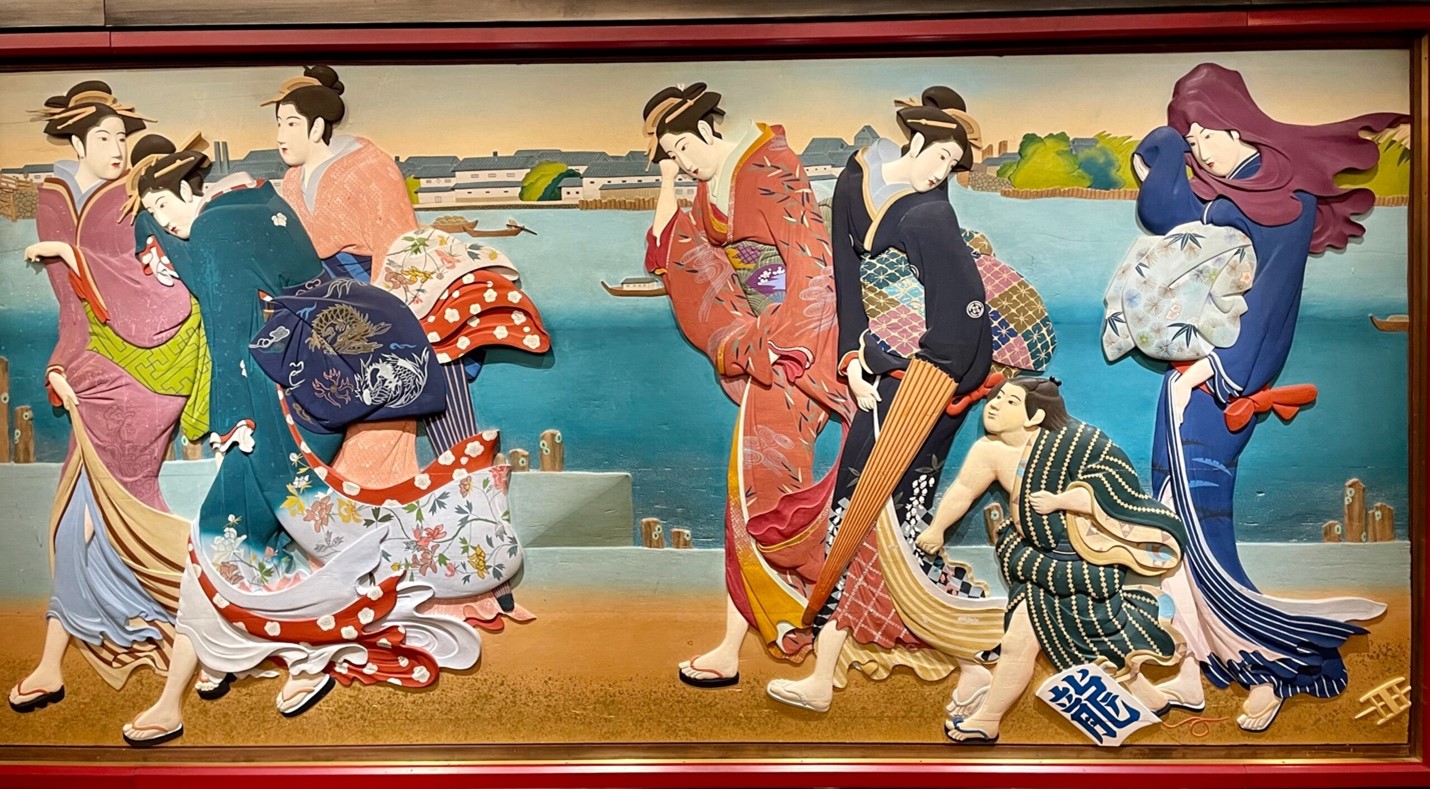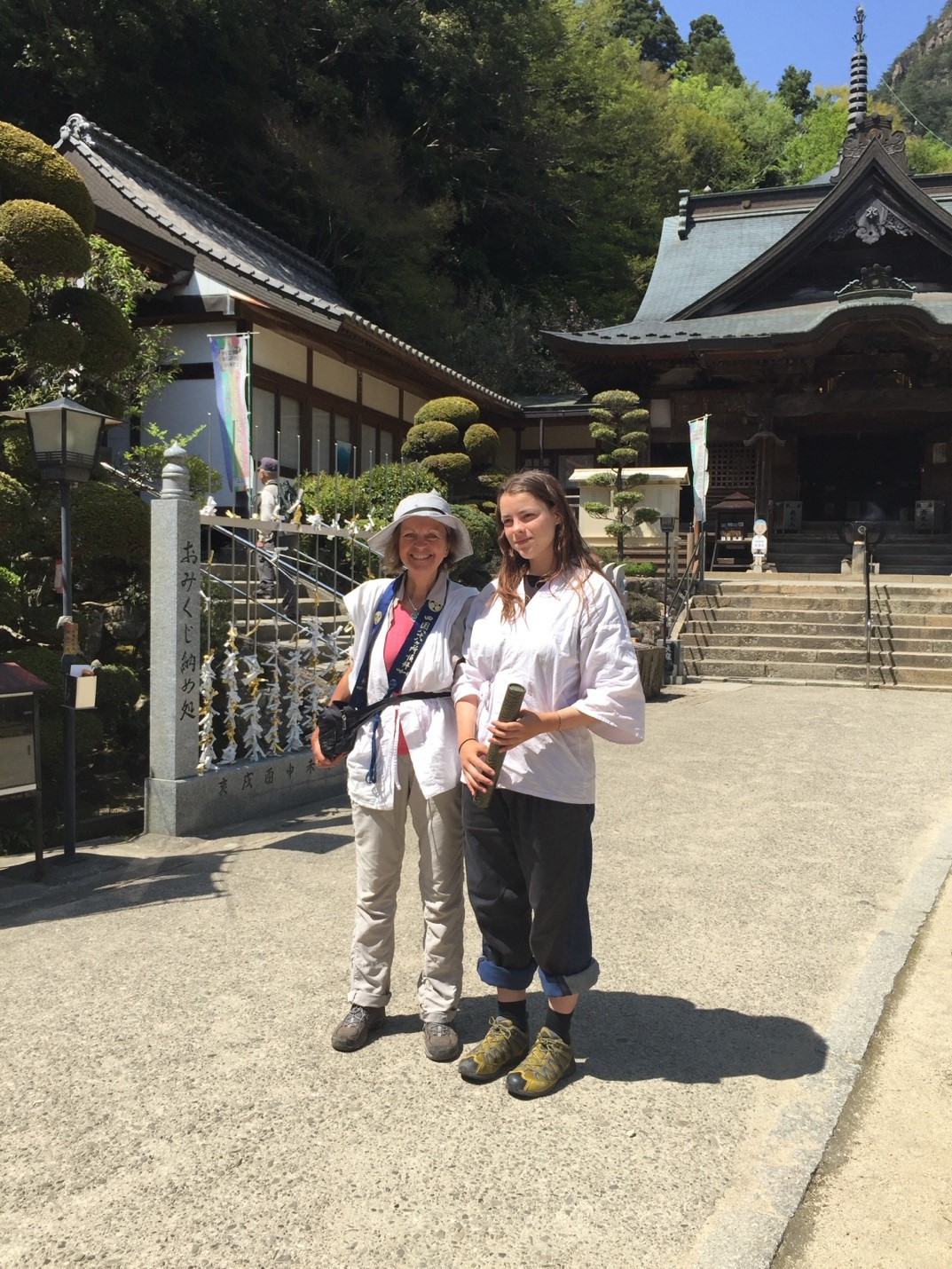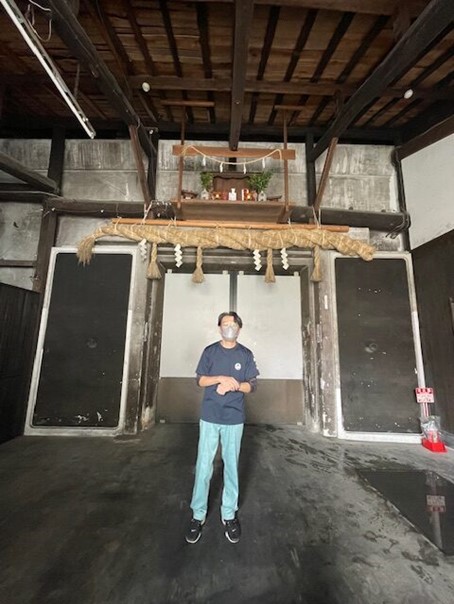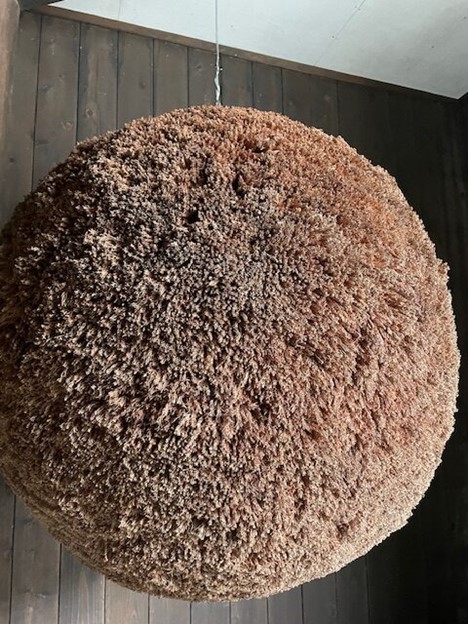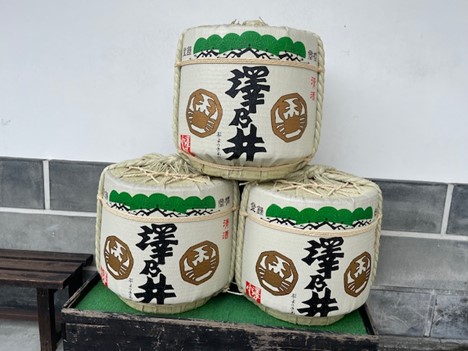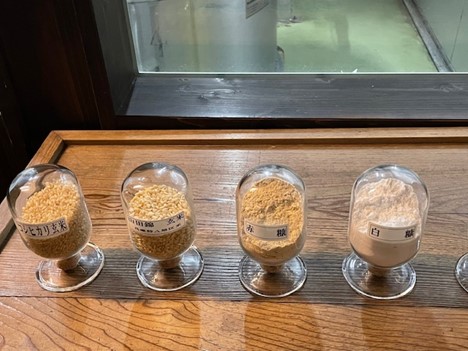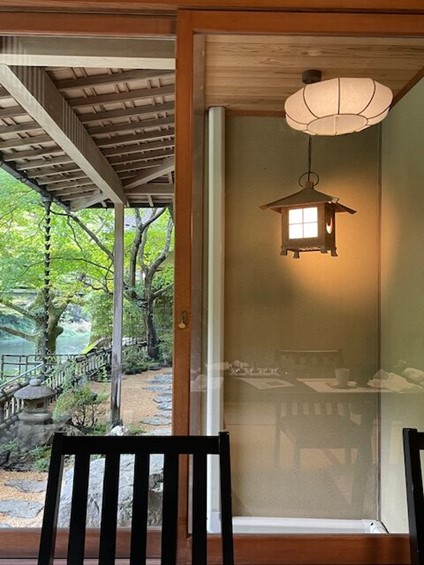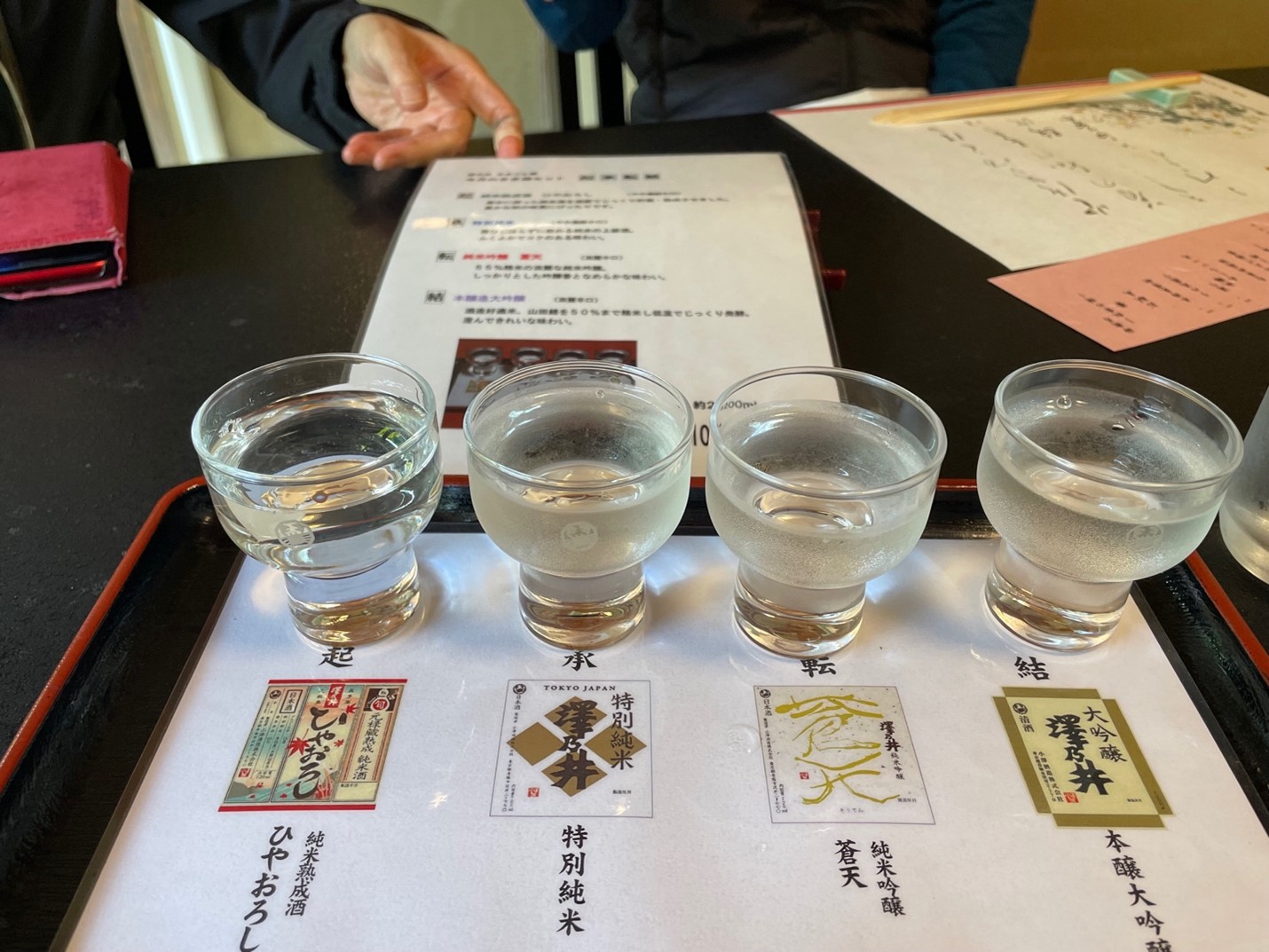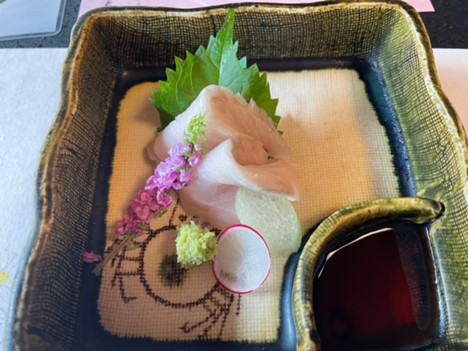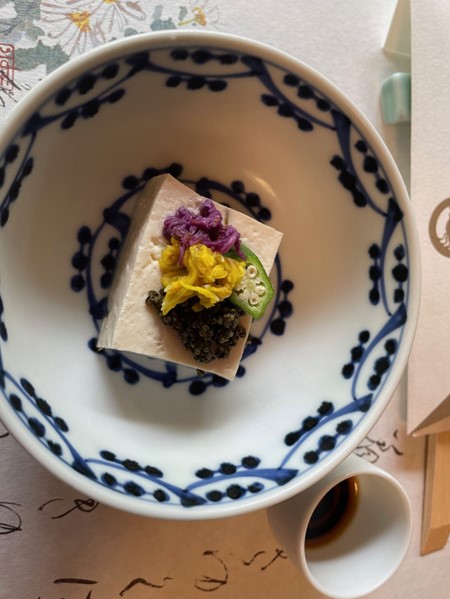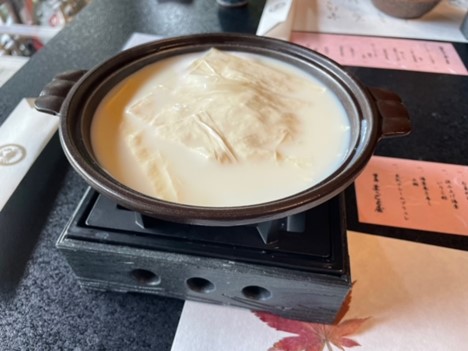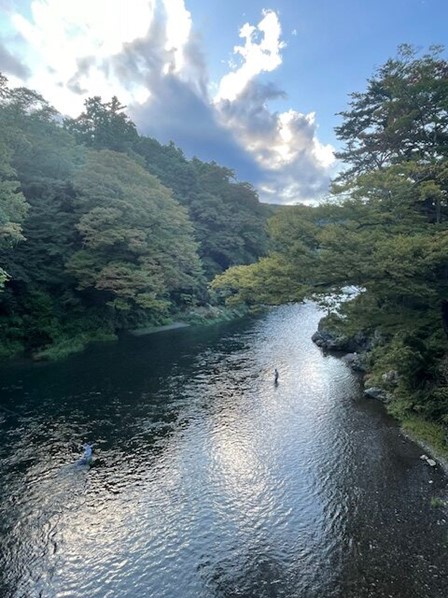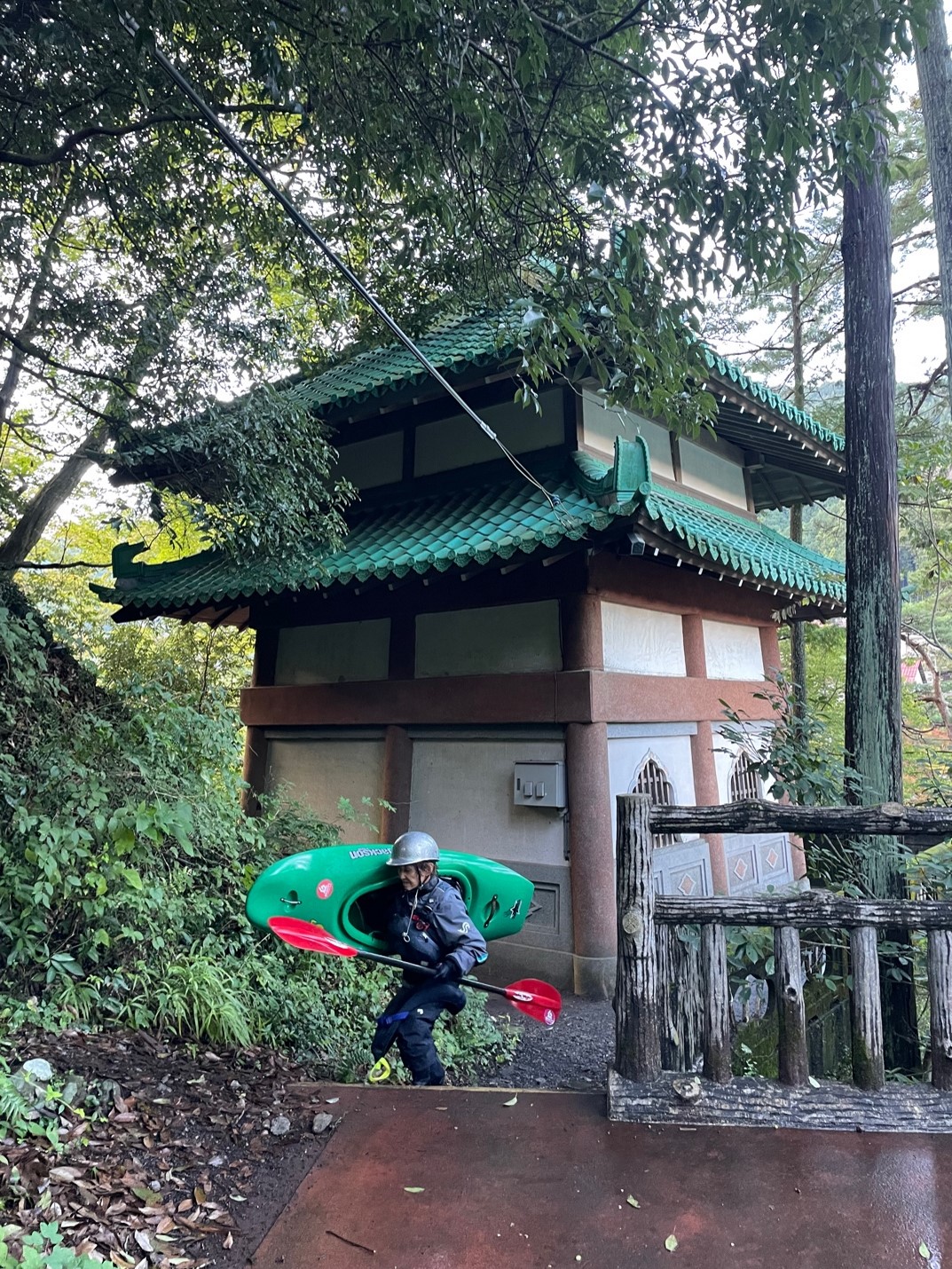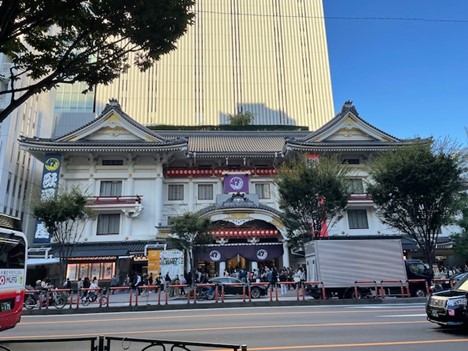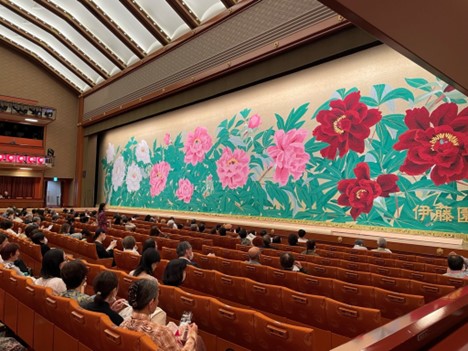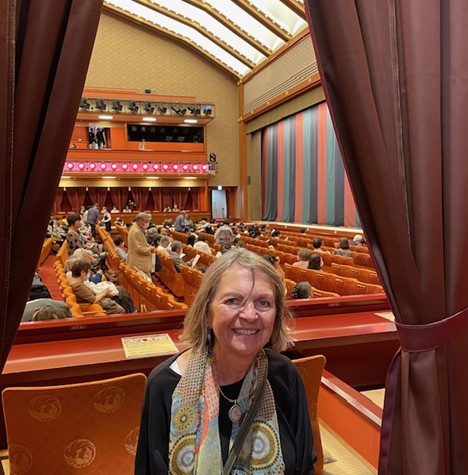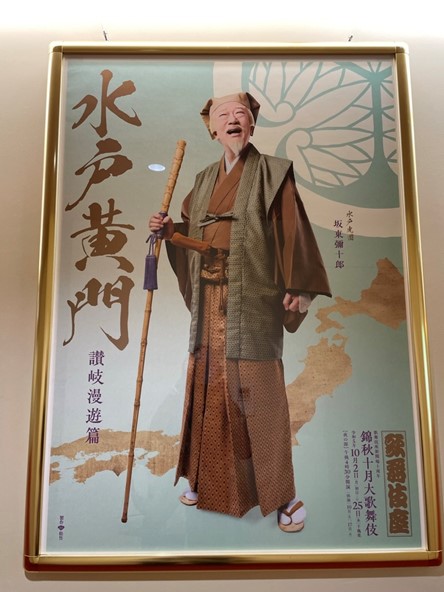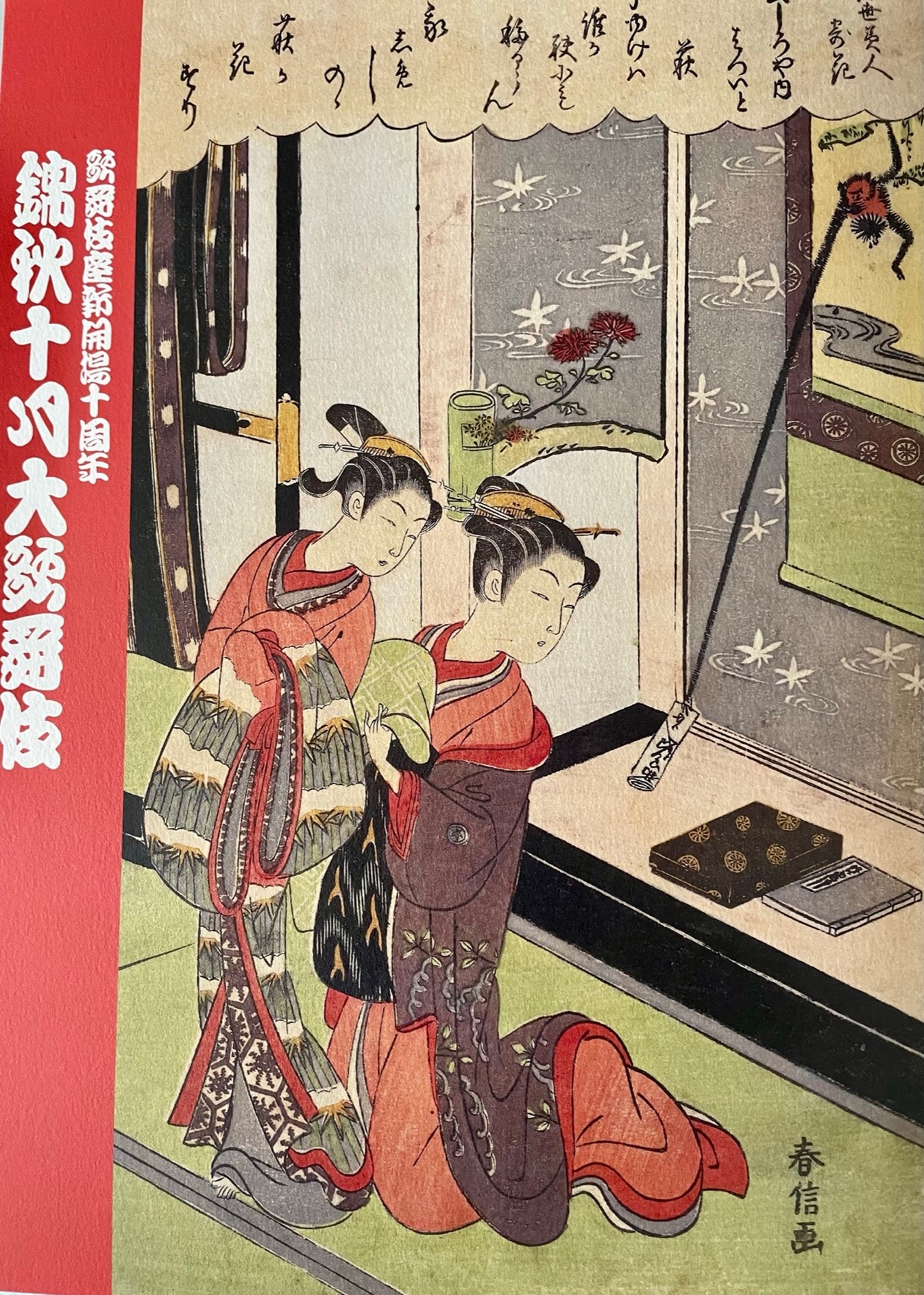When I walked the Shikoku pilgrimage in Japan about eight years ago, I heard about another pilgrimage route in Japan – the Kumano Kodo, located on the Kii peninsular at the most southern tip of the main island Honshu. Since prehistoric times, this rugged and lush area was considered the abode of Gods, where mountains, old trees, waterfalls, rivers and rocks are deified and worshipped. Kukai or Kobo Daishi had chosen this remote area for establishing his center of Shingon Buddhism, called Koyasan (you can read about it in my blog entries about Shikoku). The mystical Kii mountains also attracted the Shugendo movement, an ascetic mountain practice rooted in Shintoism, Buddhism and Shamanism. In 2004, the Kumano region was designated as UNESCO World Heritage place because of the important spiritual significance and the natural beauty. The area also attracts a lot of international pilgrims. This led to the relationship between the Christian pilgrimage to Santiago de Compostela and the Kumano Kodo pilgrimage with the possibility to get a dual pilgrim’s pass.
A network of pilgrimage routes connects the three major Shinto shrines in Kumano -the Hongu Taisha, the Nachi Taisha and the Hayatama Taisha. They are called the Kumano Sanzan. We were able to visit them all. In addition to the cultural activities in Tokyo, we also drove to the Soto Zen Center Eiheiji, where I was allowed to spend one night and practice meditation. Besides visiting other shrines and places, we also drove to the Ise shrine, the oldest and most important Shinto shrine. Overall, these 17 days in Japan were filled with wonder, amazement, and great thankfulness for Yuko and Shigeo who showed me the beauty and cultural richness of their country.
.
.
.
.
My journey started in Tokyo. Every day was filled with new experiences, new challenges, new ways of doing things. Yuko was always beside me, making me aware of the differences to my usual way of living – letting me know to take shoes off when stepping into a changing room in a department store, how to handle the sophisticated toilets, to stand left on the escalator (it is on the right side in Vienna), how to properly eat with chopsticks – and many other things.
.
.
.
.
From left to right: Myself, Hiroko-san, Yuko and Shigeo
.
On the first day of my stay in Tokyo, I met with the parents of Ella, a wonderful, young woman I met on my Shikoku pilgrimage seven years ago. Very tragically, Ella died of cancer four years after having finished her pilgrimage. Her parents visited some of the sites Ella loved, commemorating and honoring her life and passions. They also visited their son living in Tokyo. It was pure coincidence that our visit overlapped for one day – the last day of their Japan visit was my first day in Japan – and we were able to meet. They stayed in the historic Gayoen Hotel built in 1931. When I entered the hotel, it felt that I had stepped into a Japanese fairyland. I was overwhelmed by the splendid ornamentations, beautiful rooms and nature brought into the building.
.
.
.
.
.
In the hotel, there was a waterfall, gardens, rivers with koi fish, many decorated rooms, a golden staircase….
.
.
.
.
The walk to the toilet for women with a bridge crossing a little creek and golden paintings on the ceiling
.
.
.
.
One of many ceiling paintings
.
.
.
.
A tasteful sitting area in the lobby
.
.
.
.
The walls where decorated with magnificent paintings of plants and people
,
,
Despite having jet lag, I totally enjoyed and appreciated meeting the parents and brother of Ella for the first time. We talked a lot about her beautiful spirit and her maturity, despite being so young. With that, she actually was alive in our midst.
.
Ella and I seven years ago when we finished the Shikoku pilgrimage at temple 88, Okubo-ji
.
Yuko and Shigeo planned the visit of the Sake brewery Ozawa Shuzo for the next day. We had to change lines (trains) six times to get to this place which was about one hour outside of Tokyo. The region is called Sawai and it is famous for its fresh and abundant water. We had a tour of the brewery, some sake tasting and delicious lunch in their restaurant.
.
.
.
.
Our guide at the entrance of the brewery with the Shinto altar honoring the god of Sake above the big door. The brewery has been making sake for over 300 years.
.
.
.
.
This ball shaped object called sakabayashi is made out of cedar leaves. Every September, when a new sake is brewed, the old skabayashi is replaced by a new green one, informing the people that the new sake is ready for sale.
.
.
.
.
Sake containers ready for sale
.
.
.
In order to produce sake, the rice has to be polished. The best sake is made out of rice polished down 65 percent. The quality of the sake depends also on the quality of the water. The Ozawa Shuzo brewery uses the water from its own well which is rich in minerals and containing hardly any iron or organic matter.
.
.
.
We had lunch in a private room beside the Tame river. The food was delicious and consisted of many little plates with different foods.
.
.
.
.
Different sake for tasting
.
.
.
.
Sashimi (raw fish), one of my favorite dishes
.
.
.
.
Kaiseki (tofu) prepared like a piece of art
.
.
.
.
Yuba (steamed soy milk) boiled at the table
.
.
.
.
We walked along the shore of the Tama river back to the station. The area is lush and green. We saw many fishermen standing in the water.
.
.
.
.
A tiny Buddhist temple up the hill with a woman carrying her canoe up to the parking lot
.
.
.
The next day, we visited the Kabukiza theatre in the Ginza district of Tokyo. The Kabukiza was rebuilt five times and opened in 2013 in its recent appearance. All the actors in a Kabuki theater are men, playing also both male and female roles. The performance lasts for four hours.
.
Kabukiza theatre in the famous Ginza district with a high rise in the background
.
.
.
.
During the intermission, food was brought into our loge – two bento boxes. Yuko brought sake and two little cups to enjoy with the meal.
.
..
.
.
The stage with chrysanthemum patterns on the curtain, the flower of autumn. The Japanese people are very seasonal. One of the stories of the performance was about the dance of chrysanthemum spirits, called Kiku. In the Kabuki theater, all actors are men. They also play female roles – like the spirits of chrysanthemum. It was a delight to see their graceful movements and dance.
.
.
.
.
Unfortunately, I was not allowed to make photos during the performance. Everybody followed the rule – so I did not dare to break it.
The last story was about a retired lord, Mito Mitsukuni, who travelled incognito around Japan. He was played by a very famous actor called Bando Yajuro. It was a moral story where virtuous deeds were rewarded and bad behavior punished. Again, it was a delight to listen to the music and watch the story unfold.
.
.
.
.
The actor, Bando Yajuro, as Mito Mitsukuni on a poster. He was much more impressive on stage.
.
.
.
.
Photo of the cover of the program book
.
.
.

